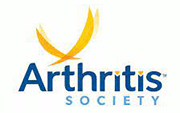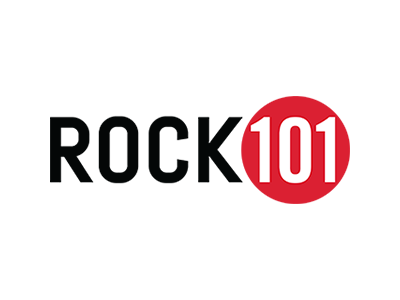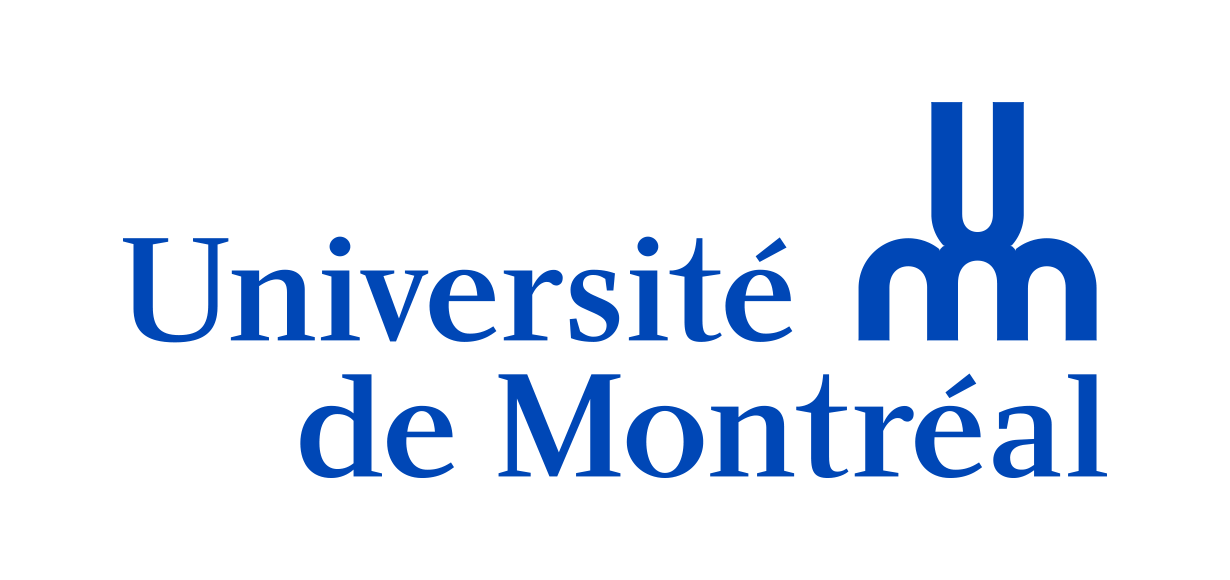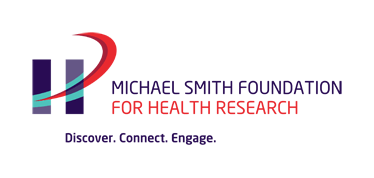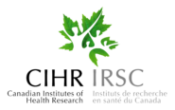Fatigue Can Be a Pain: Don’t Let it Ruin your Summer
When we think of arthritis, pain is the first thing that comes to mind, but many people living with this disease also experience crippling fatigue. Though, not everyone realizes their arthritis is to blame.
Of the 250 people who participated in Arthritis Research Canada’s Making It Work program – an online support program for helping people with arthritis to remain in the workforce – many were surprised to discover the connection between fatigue and their disease.
“Participants were not aware that fatigue affected them to the extent that it does,” said Alison Stewart, the program’s vocational rehabilitation counsellor.
Katie LeBlanc is a member of Arthritis Research Canada’s Patient Advisory Board and a holistic nutritionist. She has lived with ankylosing spondylitis – a form of inflammatory arthritis – for 12 years and knows all too well how fatigue can impact daily life.
“It’s not just being tired…you aren’t going to have a coffee and wake up,” she said. “This fatigue is different from what people without arthritis experience when they are tired because it has to do with the inflammatory process in the body and medications.”
She added that a person’s ability to do everyday activities – including work – is often hindered because of arthritis-related fatigue. And during the summer, heat can increase inflammation and joint swelling and fuel disease activity, which can worsen fatigue.
So how do you deal with being tired when the weather is nice, the days are longer and there is an endless list of fun activities? And what about work? How do you have the energy
to work when you are fatigued?
PACE YOURSELF
On a day when you feel more energized and the weather is nice, it can be easy to overexert yourself and cause more pain and inflammation. It’s hard to gauge what your body is capable of doing. You may want to exercise and enjoy the sunshine. However, it’s important to remember to listen to your body and do what’s right for you. This looks different for everyone.
Try to strike a balance between doing enough to feel mentally healthy, and not doing too much to create more inflammation in your body. People will say, “Take a nap or have coffee.” Usually this won’t make the fatigue go away.
LEARN TO SAY NO
Fatigue can force you to choose which activities you can do in the summer and which family functions you can attend. Even when on vacation, there may be times when you can’t do as much as your family or friends. You may have made plans two months ago, but when that day comes, you feel exhausted and have to cancel.
People won’t always understand. It can be frustrating. You feel like you are letting people down a lot of the time. Talk to friends and family when you make plans. Tell them your final decision will depend on how you are feeling day-of. Letting people know upfront can reduce frustration when you can’t attend something because of fatigue.
TALK TO YOUR DOCTOR
Have a conversation with your practitioner if you are experiencing extreme fatigue to explore potential causes. Is it because you are flaring? Is it your medication? Is it due to increased inflammation? Do you have anemia? Having a better understanding of where fatigue comes from can empower you to better gauge what you can and can’t do.
WORK IT OUT
Working when you are tired is challenging. Working when you are experiencing arthritis fatigue is a whole other ball game.
That’s why one of the five modules in the Making It Work program focuses on fatigue. It is designed to help people recognize how fatigue impacts their lives, identify some of the sources and learn to reduce it.
People who participated in the program listed the following difficulties associated with fatigue at work:
- Concentrating and thinking
- Feeling less confident about their work and decision-making abilities
- Irritability, exhaustion and a lack of patience
- Avoiding tasks
- Lacking motivation
- No energy for friends and family after work
“Fatigue affects people physically, emotionally and mentally,” Alison said. “And fatigue at work has a major impact on home life. The program helps people with arthritis put their lives under the microscope to find solutions.”
As someone who lives with arthritis, Katie feels fatigue hasn’t been talked about as much in the past but is starting to gain more traction now.
“Pain can limit what you do, but fatigue can REALLY limit what you do,” she said. “Sometimes it can be more difficult to fight than the pain.”
Arthritis Research Canada’s Making It Work Program has so far been offered as part of a research project, but scientists hope to make it available to the public soon. For more information about the program, please click here.







